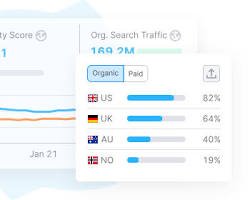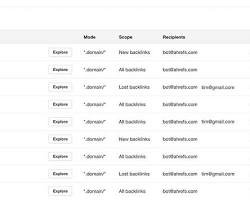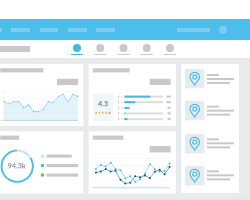Search engine optimization (SEO) is the process of improving the visibility and ranking of a website or web page in search engine results pages (SERPs). SEO is important because it can help you attract more organic traffic to your website, which can lead to more leads, sales, and revenue.
SEO for Beginners
SEO can be a complex topic, but there are a few basic things that everyone should know. First, it's important to understand how search engines work. Search engines use algorithms to crawl and index the web, and then they rank web pages based on a variety of factors, including the content of the page, the quality of the links to the page, and the relevance of the page to the user's search query.
Importance of SEO
SEO is important for a number of reasons. First, organic search is the primary source of traffic for most websites. In fact, a study by BrightEdge found that organic search accounts for an average of 53.3% of all website traffic. Second, SEO is a cost-effective way to attract traffic to your website. Unlike paid advertising, you don't have to pay for every click that comes from organic search. Third, SEO can help you improve your brand awareness and reputation. When your website ranks well in search results, users are more likely to trust your brand and be willing to do business with you.
Website Rankings
Website rankings are the position of a website in a search engine results page (SERP). The higher a website ranks, the more likely it is to be seen by users. There are a number of factors that can affect a website's rankings, including the content of the website, the quality of the links to the website, and the relevance of the website to the user's search query.
Organic Traffic
Organic traffic is traffic that comes to your website from search engines, without you having to pay for it. Organic traffic is the most valuable type of traffic, because it is traffic that is interested in what you have to offer.
Search Engine Optimization
Search engine optimization (SEO) is the process of improving the visibility and ranking of a website or web page in search engine results pages (SERPs). SEO can be divided into two main categories: on-page SEO and off-page SEO. On-page SEO refers to the optimization of the content and structure of a website to make it more search engine-friendly. This includes things like using relevant keywords, optimizing the title tag and meta description, and writing high-quality content. Off-page SEO refers to the process of building backlinks to a website. Backlinks are links from other websites to your website. Backlinks are one of the most important ranking factors for search engines.
Step 1: Keyword Research - Finding the Right Words to Target

Keyword research is the process of identifying the right words and phrases to target in your SEO efforts. By targeting the right keywords, you can attract more traffic to your website and improve your ranking in search engine results pages (SERPs).
Keyword analysis
Keyword analysis is the process of understanding the search volume, competition, and intent of your target keywords. This information can help you determine which keywords are most likely to help you achieve your SEO goals.
Target keywords
Target keywords are the keywords and phrases that you want your website to rank for. When choosing target keywords, it is important to consider the following factors:
Search volume: How many people are searching for each keyword?
Competition: How many other websites are targeting each keyword?
Intent: What are people trying to accomplish when they search for each keyword?
Long-tail keywords
Long-tail keywords are more specific keywords and phrases that people are more likely to use when they are closer to making a purchase decision. Long-tail keywords are often easier to rank for than short-tail keywords, and they can be more targeted to your specific business.
SEO keyword tools
There are a number of SEO keyword tools available that can help you with your keyword research. Some of the most popular SEO keyword tools include:
Google Keyword Planner: This free tool from Google provides data on search volume, competition, and CPC for a variety of keywords.
SEMrush: This paid tool provides more detailed keyword research data, including keyword difficulty, SERP analysis, and backlink data.
Ahrefs: This paid tool is similar to SEMrush, but it also provides data on organic traffic and backlinks.
Some tips for conducting effective keyword research
- Start by brainstorming a list of keywords that are relevant to your business and target audience.
- Use SEO keyword tools to research the search volume, competition, and intent of your target keywords.
- Identify long-tail keywords that are more specific and less competitive than short-tail keywords.
- Use your target keywords throughout your website content, including your title tags, meta descriptions, headers, and body text.
By following these tips, you can ensure that you are targeting the right keywords to help you achieve your SEO goals.
Step 2: On-Page Optimization - Optimizing Your Website's Content and Structure
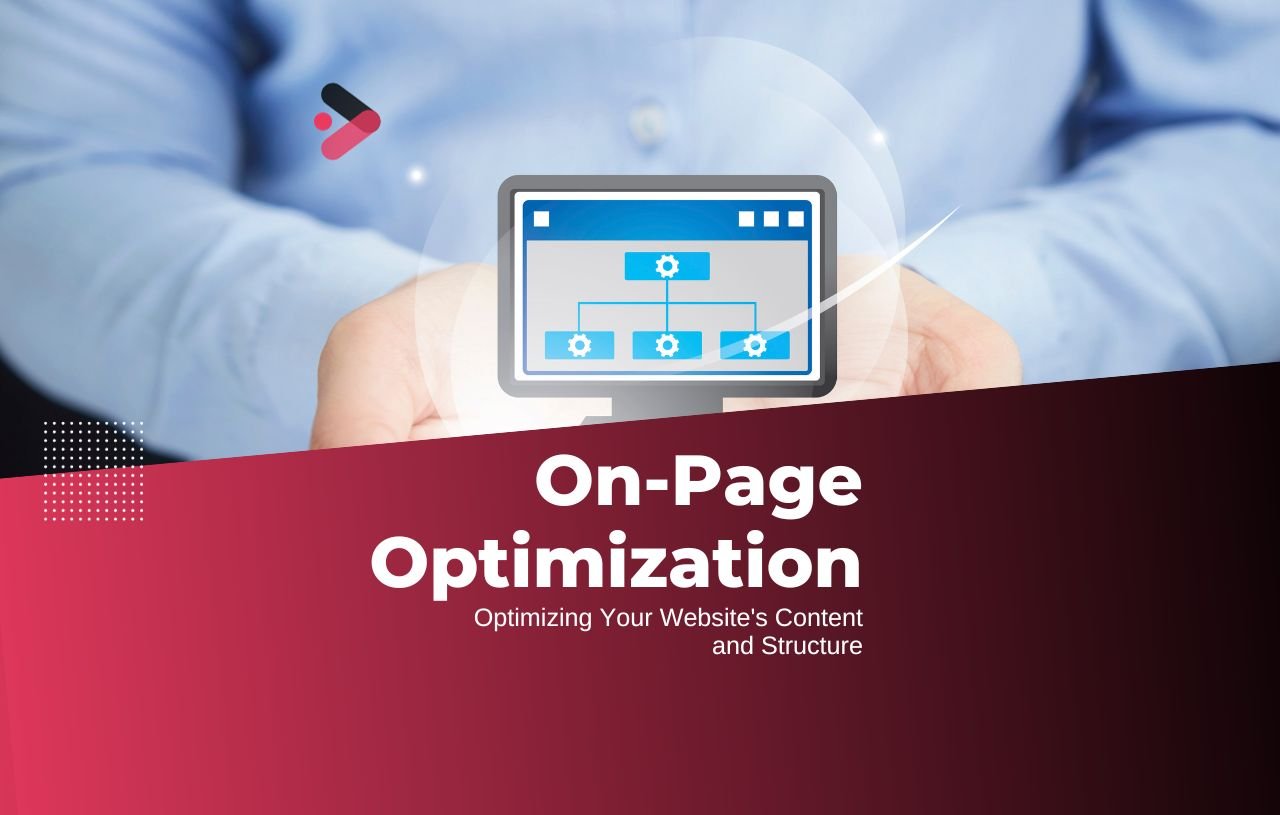
On-page optimization is the process of optimizing the content and structure of a website to make it more search engine-friendly, specifically for Google. This includes things like using relevant keywords, optimizing the title tag and meta description, writing high-quality content, and using heading tags, URL structure, and internal linking effectively.
Keyword research
Keyword research is the foundation of on-page optimization. By understanding the keywords that your target audience is searching for, you can target those keywords in your content and make your website more visible in search results.
Meta tags
Meta tags provide information about a web page to search engines. The title tag and meta description are the most important meta tags for SEO.
Title tag: The title tag is the text that appears on the search results page (SERP) as the headline for a web page. The title tag should be descriptive and include the target keyword.
Meta description: The meta description is the brief snippet of text that appears on the SERP below the title tag. The meta description should be descriptive and enticing, and it should encourage users to click on the web page link.
Heading tags are used to structure the content of a web page. Heading tags are important for SEO because they help search engines understand the hierarchy of the content on a web page.
H1 tag: The H1 tag is the most important heading tag. It should be used for the main heading of a web page.
H2 tag: The H2 tag is used for subheadings that are important but not as important as the main heading.
H3 tag: The H3 tag is used for subheadings that are less important than the H2 tag.
URL structure
URL structure is the way that web pages are organized and named. A good URL structure is easy for users to understand and remember, and it also helps search engines understand the hierarchy of the content on a website.
- Use descriptive keywords in your URLs.
- Avoid using special characters or symbols in your URLs.
- Keep your URLs short and sweet.
Internal linking
Internal linking is the process of linking to other pages on your website from within your content. Internal linking helps search engines understand the structure of your website and the relationships between different pages.
- Link to relevant pages on your website from within your content.
- Use descriptive anchor text for your internal links.
- Vary the anchor text for your internal links.
In addition to the above on-page optimization factors, there are a few other things that you can do to optimize your website for Google:
- Make sure your website is mobile-friendly. More and more people are using their smartphones and tablets to search the web, so it's important to make sure that your website looks good and functions well on mobile devices.
- Use schema markup. Schema markup is a type of code that you can add to your website to help search engines better understand your content.
- Get backlinks from high-quality websites. Backlinks are links from other websites to your website. Backlinks are a signal to search engines that your website is authoritative and trustworthy.
By following these tips, you can optimize your website's content and structure for Google. This will help you improve your ranking in search results pages and attract more organic traffic to your website.
Step 3: Technical SEO - Ensuring Your Website is Crawlable and Indexable by Search Engines
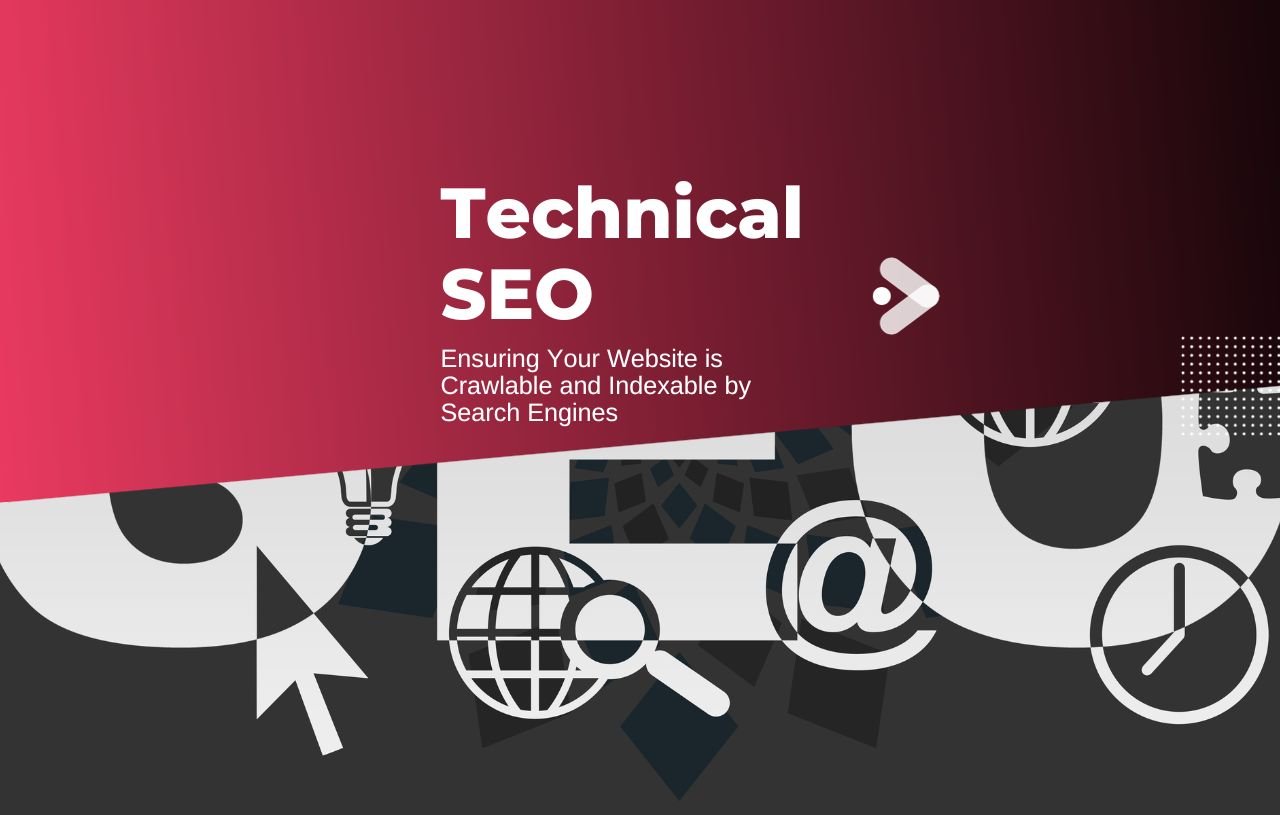
Technical SEO is the process of optimizing your website's technical structure and performance to make it more crawlable and indexable by search engines. This is important because search engines need to be able to crawl and index your website in order to understand your content and rank your pages in search results pages (SERPs).
Here are a few key technical SEO factors that you need to optimize:
Website loading speed
Search engines prefer websites that load quickly. This is because users are more likely to abandon a website that takes too long to load. You can optimize your website's loading speed by minifying your code, compressing your images, and using a content delivery network (CDN).
Mobile responsiveness
More and more people are using their smartphones and tablets to search the web. Therefore, it's important to make sure that your website is mobile-friendly. This means that your website should look good and function well on all devices.
XML sitemap creation
An XML sitemap is a file that tells search engines about all of the pages on your website. This helps search engines crawl and index your website more efficiently. You can create an XML sitemap using a variety of different tools.
In addition to the above factors, there are a few other technical SEO best practices that you can follow:
- Use 301 redirects: 301 redirects tell search engines that a page has moved to a new location. This is important for redirecting users and search engines to the correct page after you make changes to your website.
- Fix broken links: Broken links can frustrate users and send negative signals to search engines. Therefore, it's important to regularly audit your website for broken links and fix them as soon as possible.
- Use structured data: Structured data is a type of code that you can add to your website to help search engines better understand your content. This can lead to richer snippets in SERPs and increased click-through rates.
By following these technical SEO best practices, you can make your website more crawlable and indexable by search engines. This will help you improve your ranking in SERPs and attract more organic traffic to your website.
Step 4: Off-Page SEO - Building High-Quality Backlinks to Boost Authority and Trustworthiness
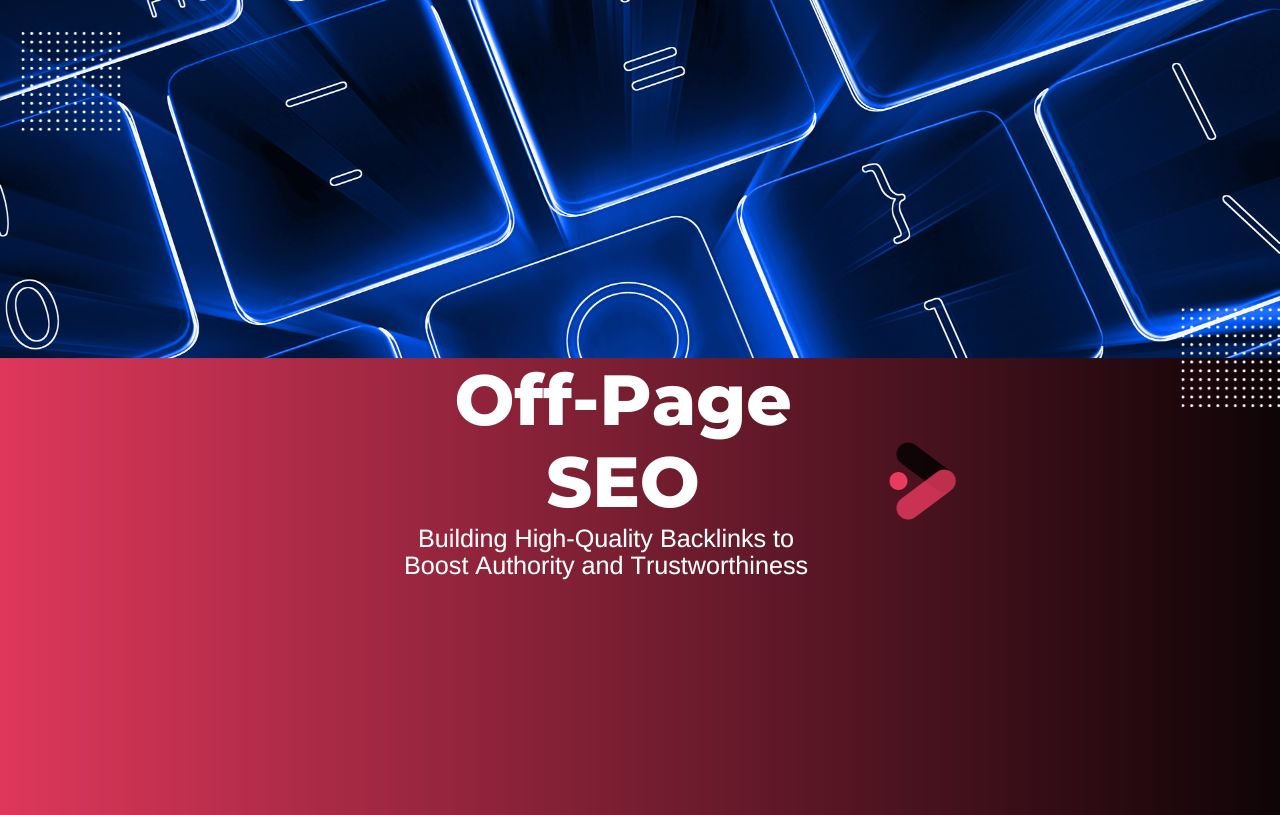
Off-page SEO is the process of improving your website's ranking in search engine results pages (SERPs) by building backlinks from other websites. Backlinks are links from other websites to your own website. Search engines see backlinks as a vote of confidence in your website, and they use backlinks as a ranking factor.
There are a number of different ways to build backlinks, but some of the most effective techniques include:
Content marketing
Content marketing is the process of creating and distributing valuable, relevant, and consistent content to attract and retain a clearly defined audience and drive profitable customer action. By creating high-quality content that is relevant to your target audience, you can attract backlinks from other websites that are interested in sharing your content with their own audience.
Blogging
Blogging is a great way to publish regular content and attract backlinks from other websites. When you write blog posts that are informative and engaging, other websites may link to your content as a resource for their own readers.
Guest posting
Guest posting is the process of writing and publishing articles on other websites in your industry. When you guest post on high-quality websites, you can get backlinks to your own website from those websites.
Directory submission
Directory submission is the process of submitting your website to directories that are relevant to your industry. When you submit your website to directories, you can get backlinks from those directories.
Social bookmarking
Social bookmarking is the process of sharing your website's content on social media sites like Twitter, LinkedIn, and Reddit. When you share your content on social media, other users may bookmark your content and link to it from their own websites.
Influencer outreach
Influencer outreach is the process of reaching out to influential people in your industry and asking them to share your content with their audience. When you reach out to influencers and they share your content with their audience, you can get backlinks from those websites.
When building backlinks, it is important to focus on building high-quality backlinks from relevant websites. Backlinks from low-quality websites can actually hurt your website's ranking, so it is important to be selective about the websites that you build backlinks from.
By following these off-page SEO techniques, you can build high-quality backlinks that will help to boost your website's authority and trustworthiness. This can lead to improved rankings in SERPs and increased traffic to your website.
Step 5: Monitoring and Analytics - Tracking Your Progress and Making Data-Driven Decisions
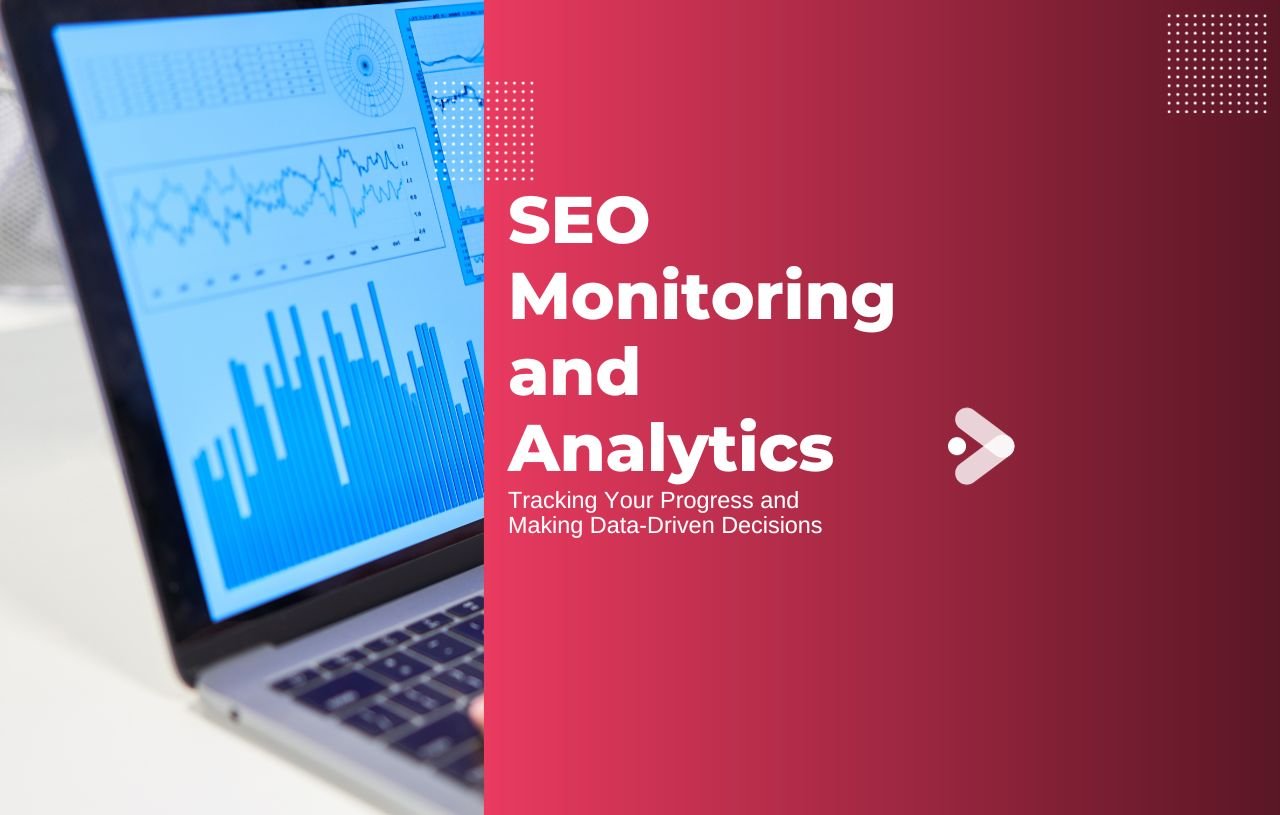
Monitoring and analytics are essential parts of any SEO strategy. By tracking your progress and analyzing your data, you can identify what's working and what's not, and make informed decisions about how to improve your SEO efforts.
SEO monitoring tools
There are a number of SEO monitoring tools available that can help you track your progress and identify areas for improvement. Some of the most popular SEO monitoring tools include:
SEMrush
Ahrefs
Moz
Google Search Console
These tools can help you track a variety of SEO metrics, including:
- Keyword rankings: Track your ranking for specific keywords in search engine results pages (SERPs).
- Organic traffic: Track the amount of organic traffic that your website receives.
- Backlinks: Track the number and quality of backlinks to your website.
- Domain authority: Track the authority of your domain.
- Page authority: Track the authority of individual pages on your website.
Pages ranking tracking tools
Pages ranking tracking tools can help you track your keyword rankings for specific pages on your website. This can be helpful for identifying which pages of your website are performing well and which pages need improvement. Some popular pages ranking tracking tools include:
- Serpstat;
- SERPWatcher;
- Accuranker.
Key performance indicators (KPIs)
When tracking your SEO progress, it's important to focus on the right key performance indicators (KPIs). KPIs are metrics that measure the success of your SEO efforts.
Some common SEO KPIs include:
- Organic traffic: The amount of organic traffic that your website receives. Keyword rankings: Your ranking for specific keywords in SERPs.
- Conversion rate: The percentage of visitors who take a desired action on your website, such as signing up for your email list or making a purchase.
- Return on investment (ROI): The amount of money that you make from your SEO efforts.
Web analytics tools
Web analytics tools can help you track your website's traffic and performance. This information can be used to identify areas for improvement in your SEO strategy.
Some popular web analytics tools include:
- Google Analytics;
- Matomo;
- Clicky.
Conclusion
Start Implementing These SEO Strategies Today to Drive More Organic Traffic to Your Website!
The SEO strategies outlined in this article can help you to improve your website's ranking in search engine results pages (SERPs) and attract more organic traffic. By following these tips, you can reach a wider audience and grow your business.
Here is a summary of the key SEO strategies that you can implement today:
- On-page SEO: Optimize your website's content, title tags, meta descriptions, headings, and URLs for relevant keywords. Technical SEO: Make sure your website is fast, mobile-friendly, and easy for search engines to crawl and index.
- Off-page SEO: Build high-quality backlinks from other websites to your website.
- Monitoring and analytics: Track your progress and identify areas for improvement using SEO monitoring tools, pages ranking tracking tools, and web analytics tools. By implementing these SEO strategies, you can start driving more organic traffic to your website today.
SEO tip: To write SEO-friendly long-form content, select each section heading along with keywords and use the "Paragraph" option from the ribbon. More descriptive the headings with keywords, the better.
For example, instead of using the heading "SEO strategies," you could use the heading "How to improve your website's ranking in search engine results pages (SERPs) and attract more organic traffic." This is more descriptive and includes the keyword "SERPs."
By using descriptive headings with keywords, you can help search engines to better understand the content of your article and rank it higher in SERPs.


